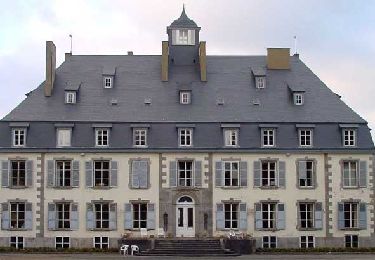

Despite being a little village, Froidfontaine boasts a rather big church and several religious statues in various locations.
The parochial church of Saint Catherine is an eclectic edifice, built in 1872 in lime- and sandstone. The most impressive expression of devotion is unquestionably the Marian grotto, a replica of Lourdes, which you can see on your right as you come in.
The name of Froidfontaine (in Walloon “Froedfontinne”) got its origins in the Walloon etymology “freûde-fontinne”, meaning “cold spring”. Indeed, there is a fountain a few centuries old that, according to local legend, was used for druidic rites.
The fountain, which has the appearance of a well, is surmounted by the artificial cave that dominates the main road of the village.
The history of Froidfontaine is linked to that of Tanton. From the 17th century onwards, as the village of Froidfontaine grew in importance and became bigger than Tanton, it became customary to refer to the estate only by the name of the main settlement.
The plague also hit Froidfontaine in 1632, and then the war broke out, forcing the villagers to sell their lands. Froidfontaine was annexed by France, then returned to the Netherlands in 1697.

Cycle


Randonnées de la Maison du Tourisme Famenne - Ardenne Ourthe & Lesse PRO